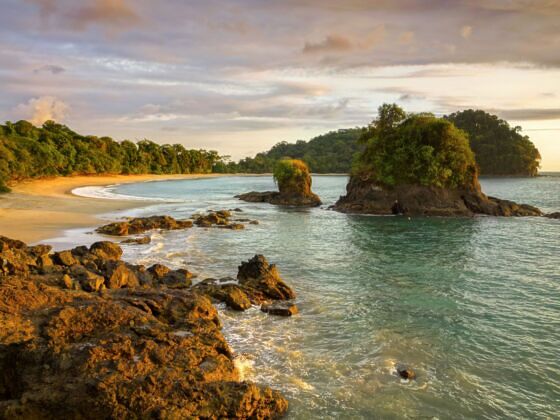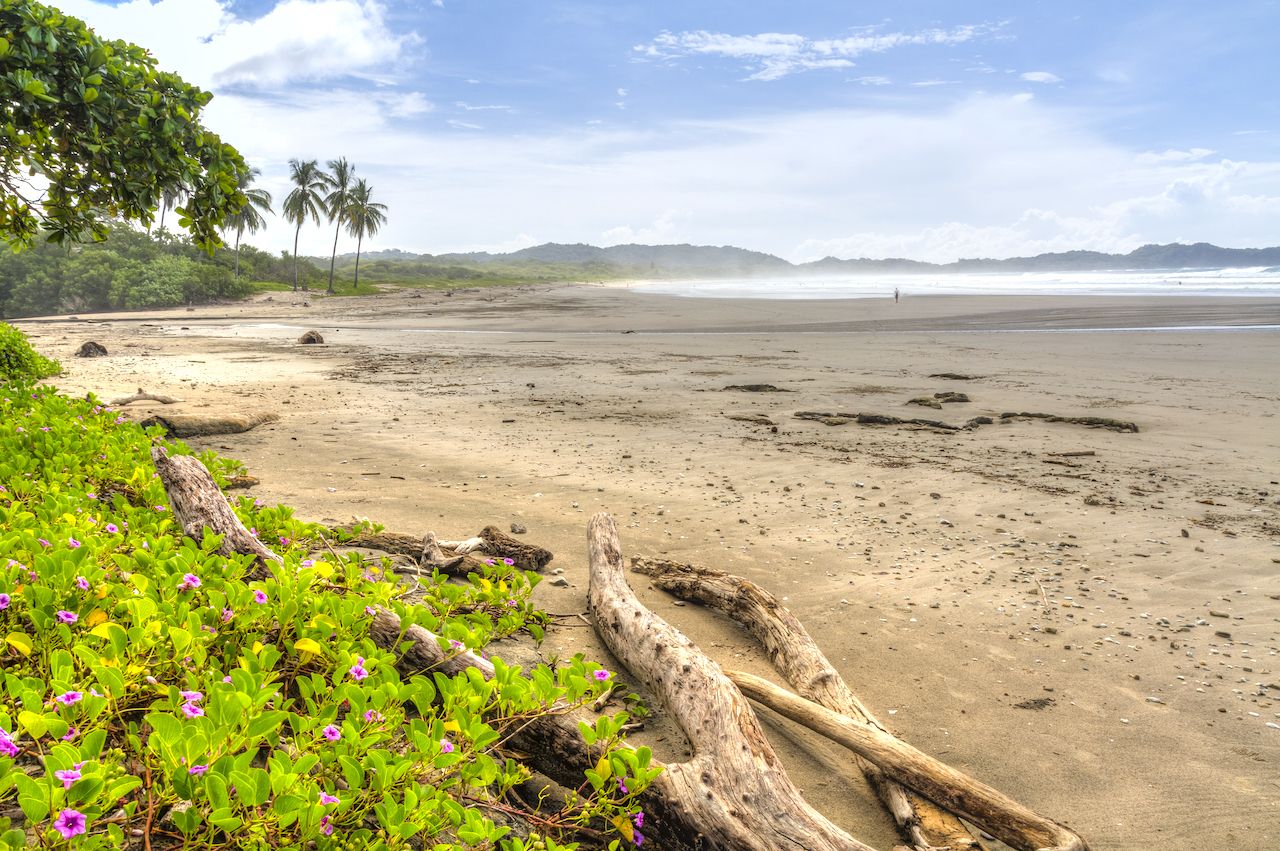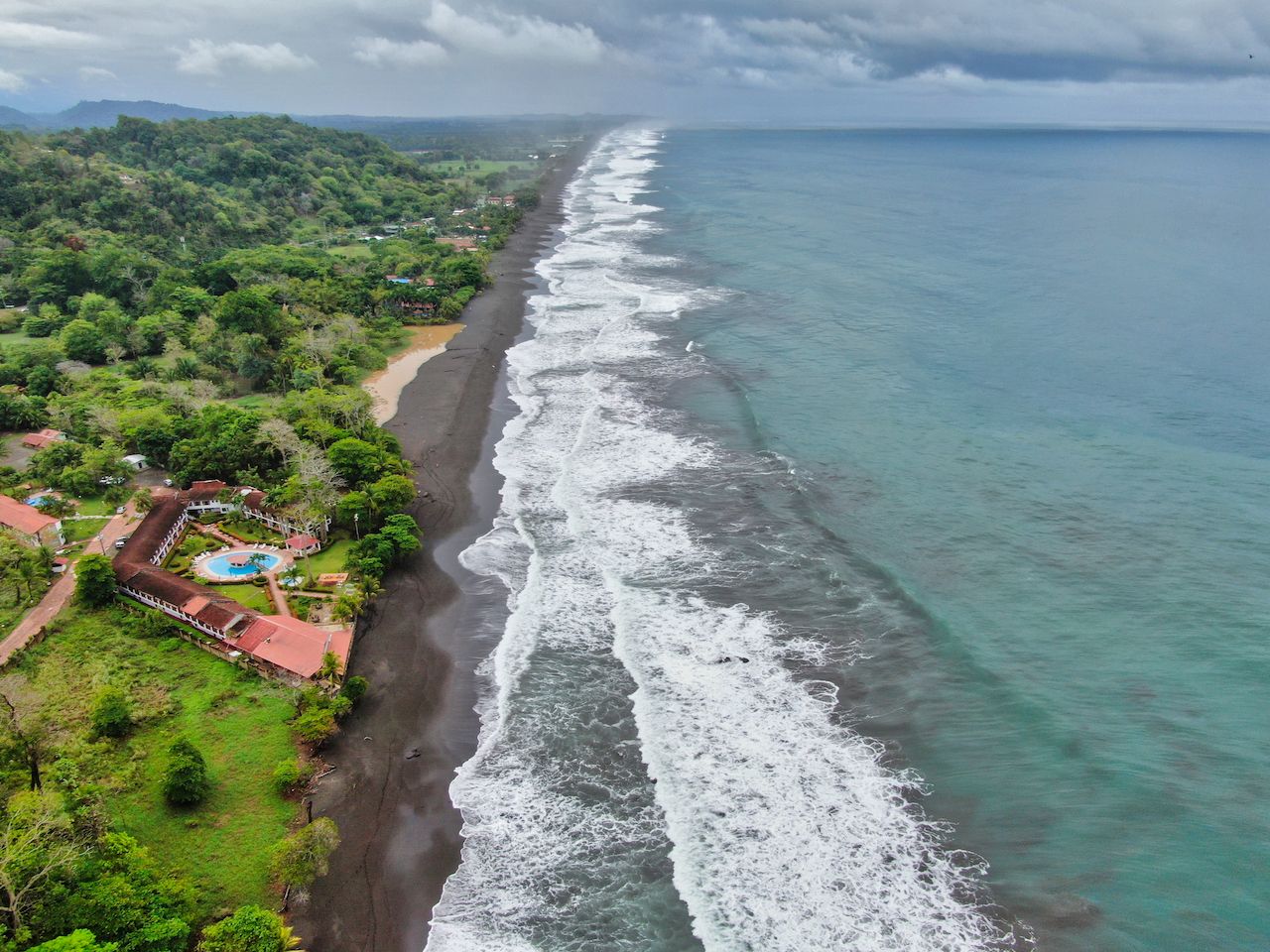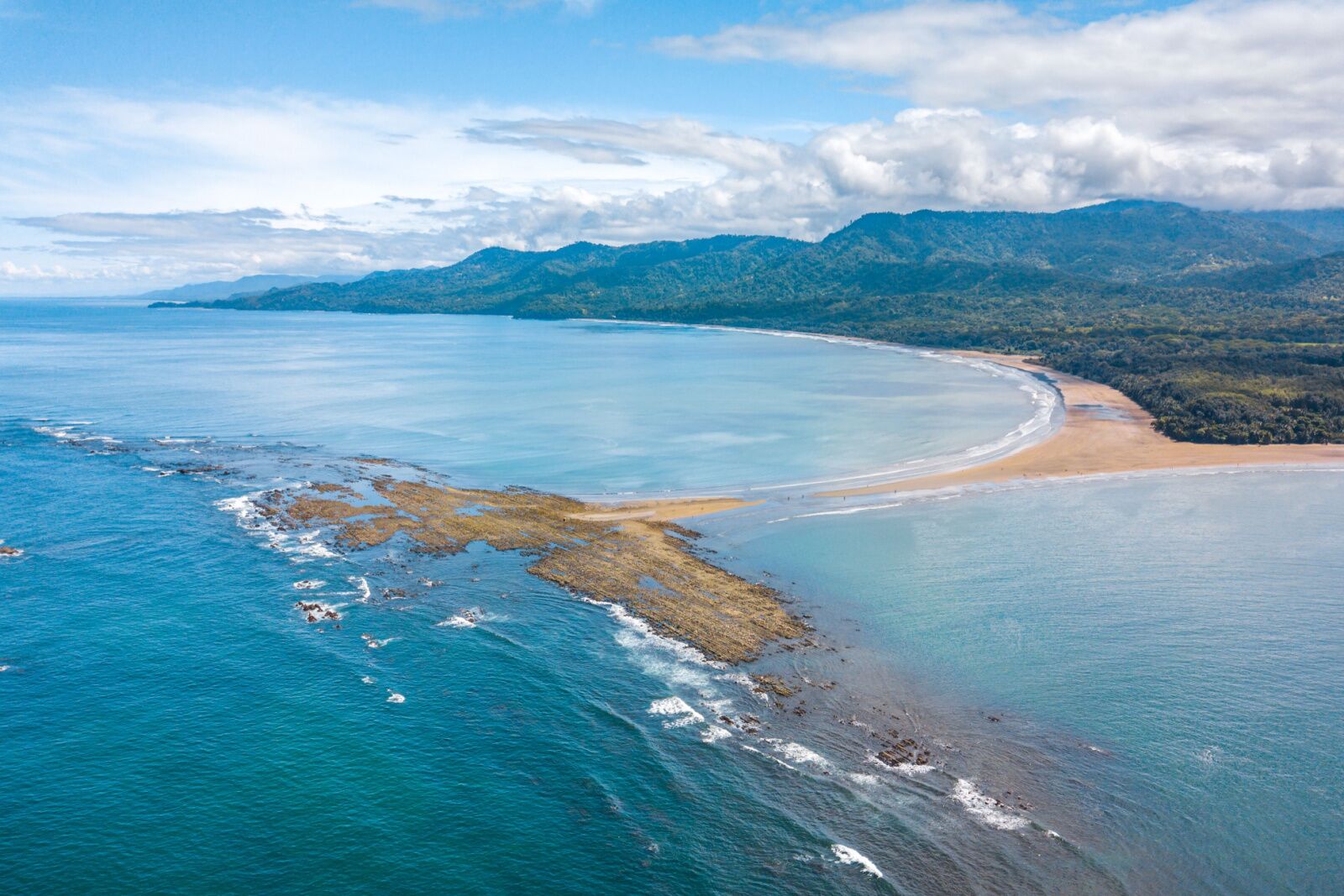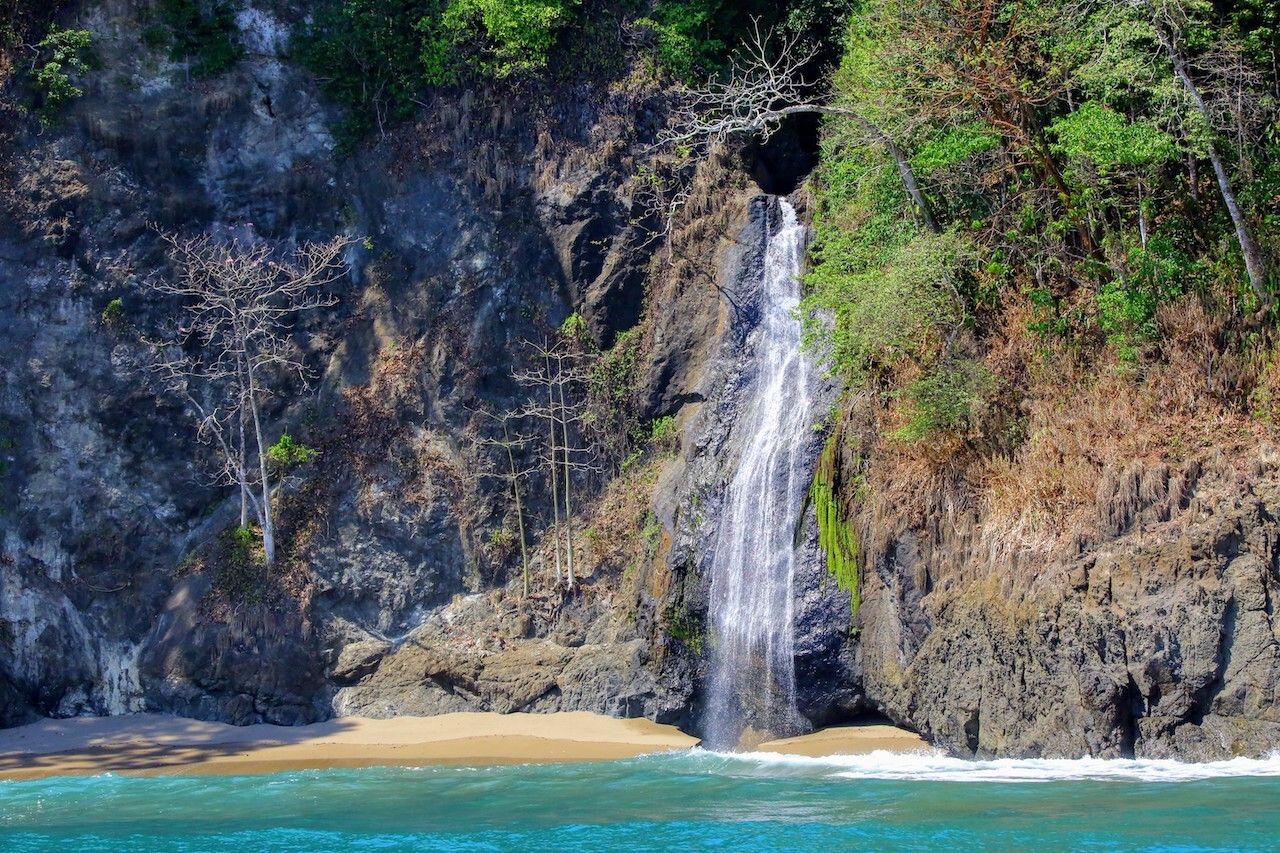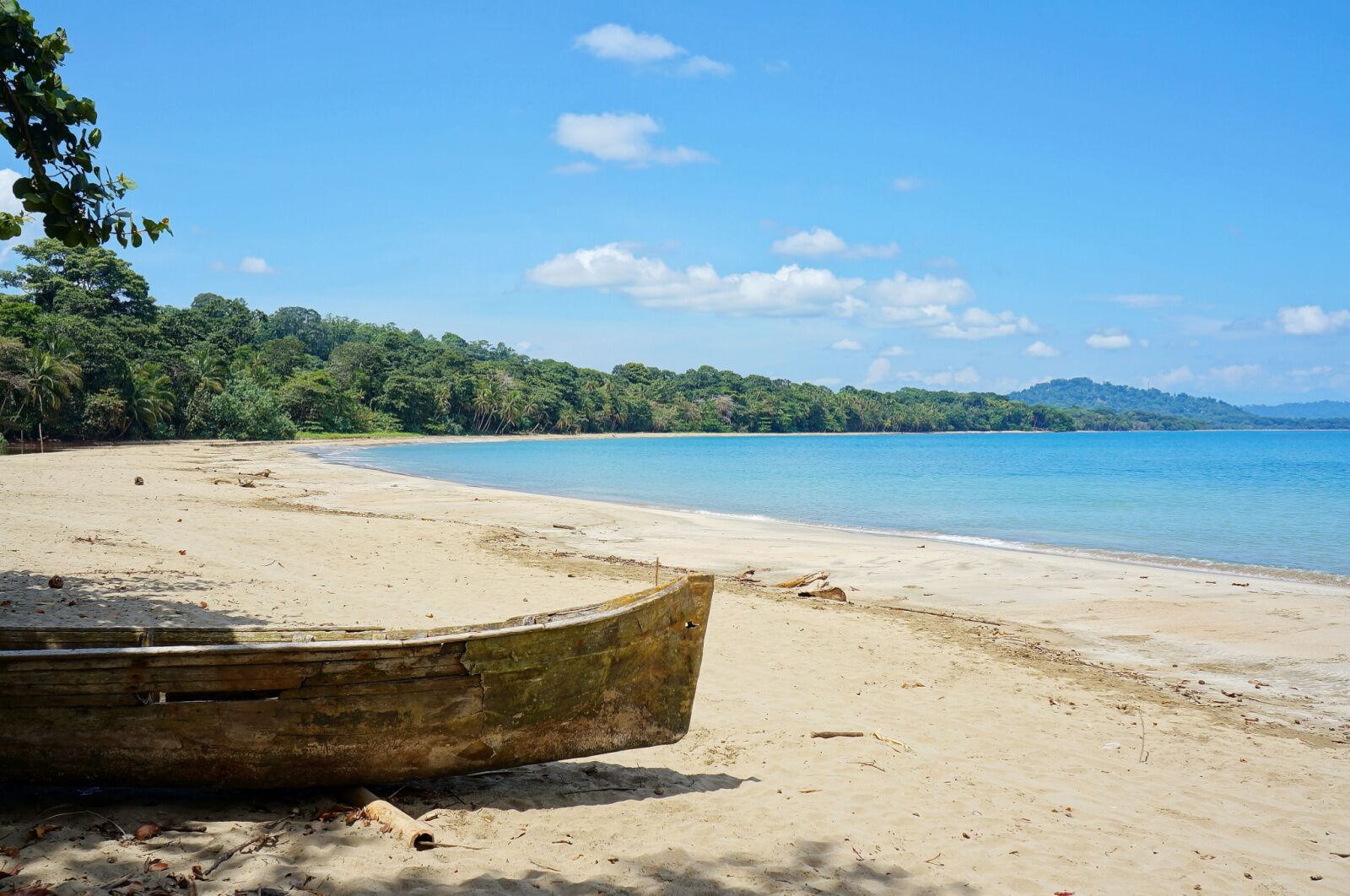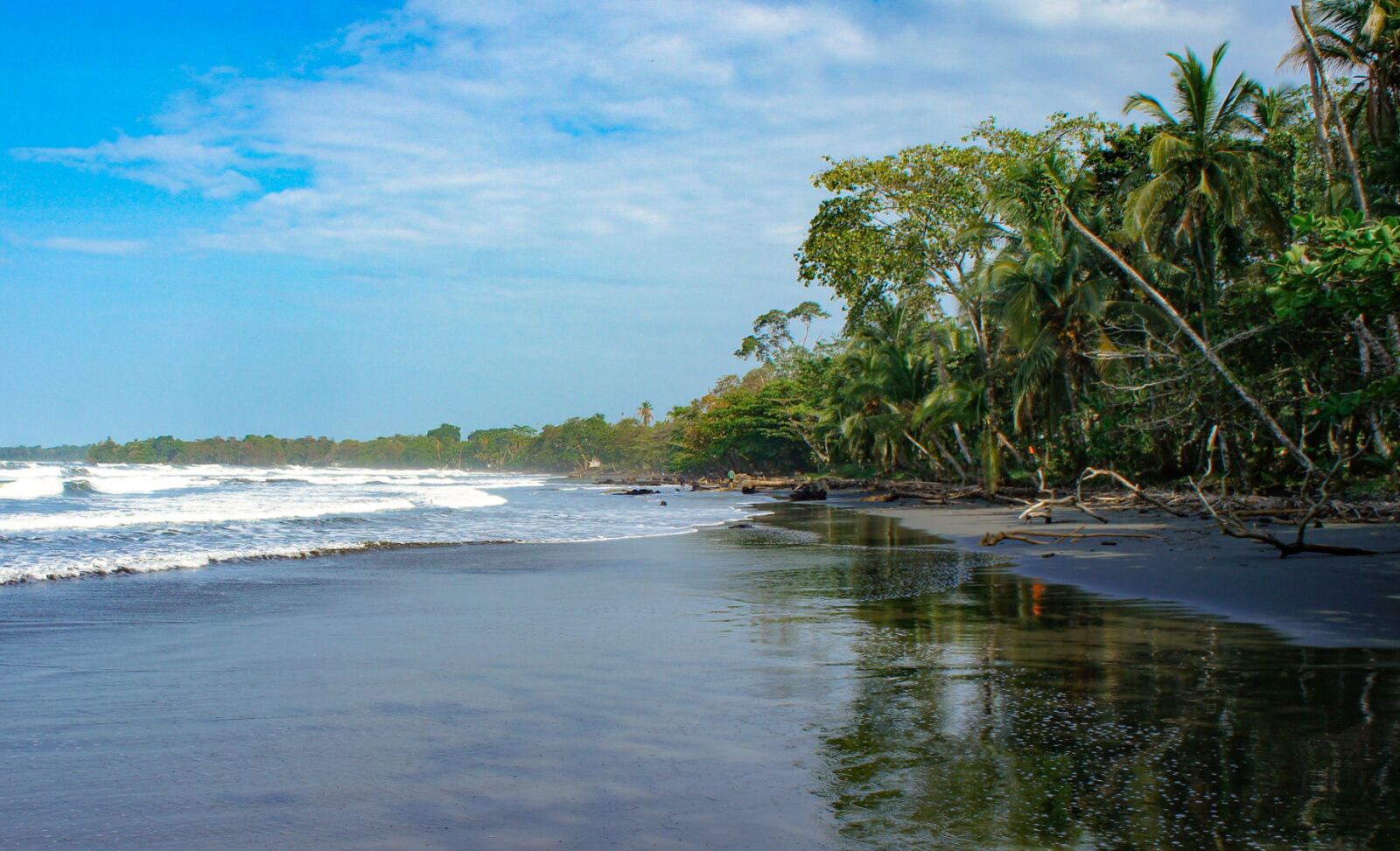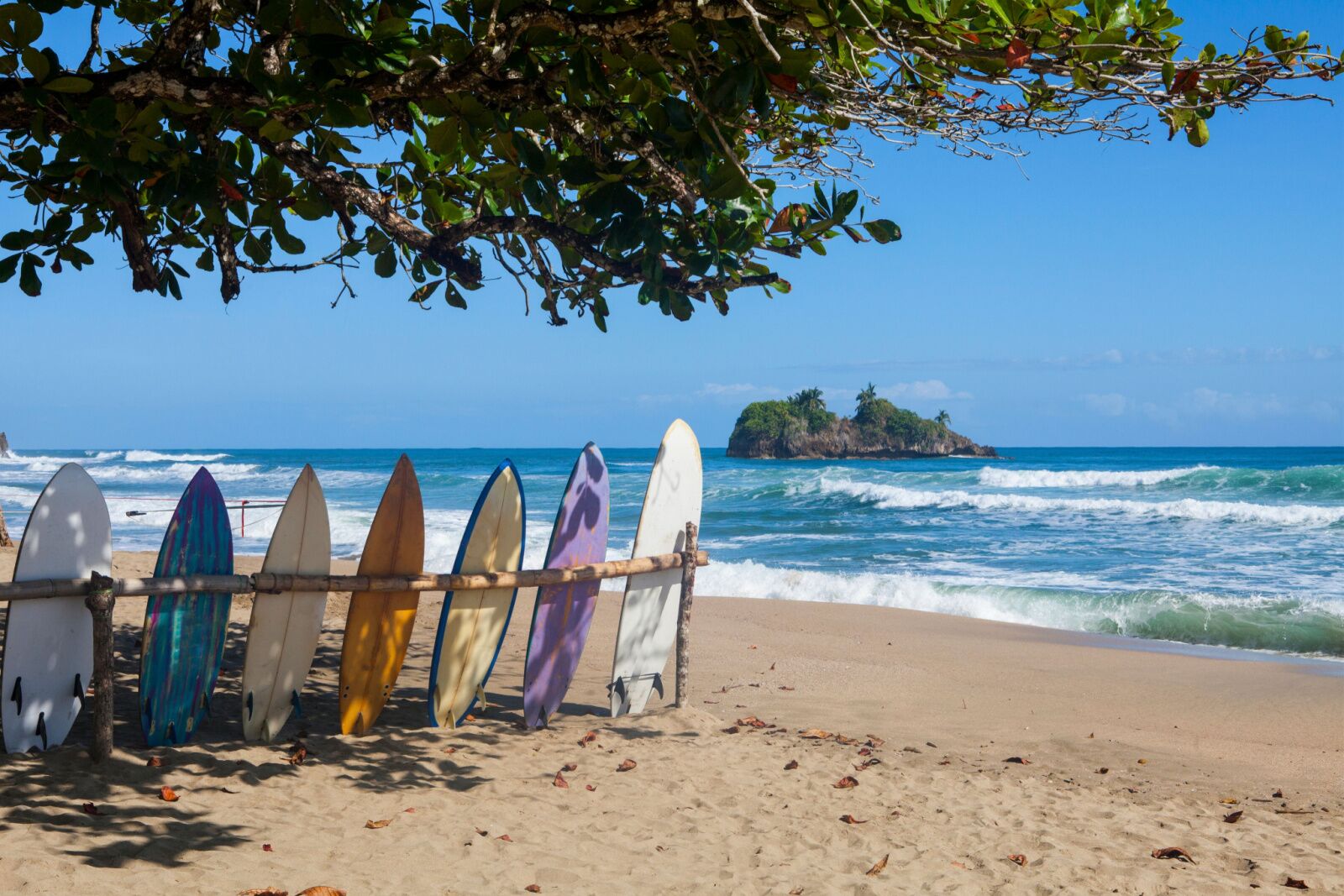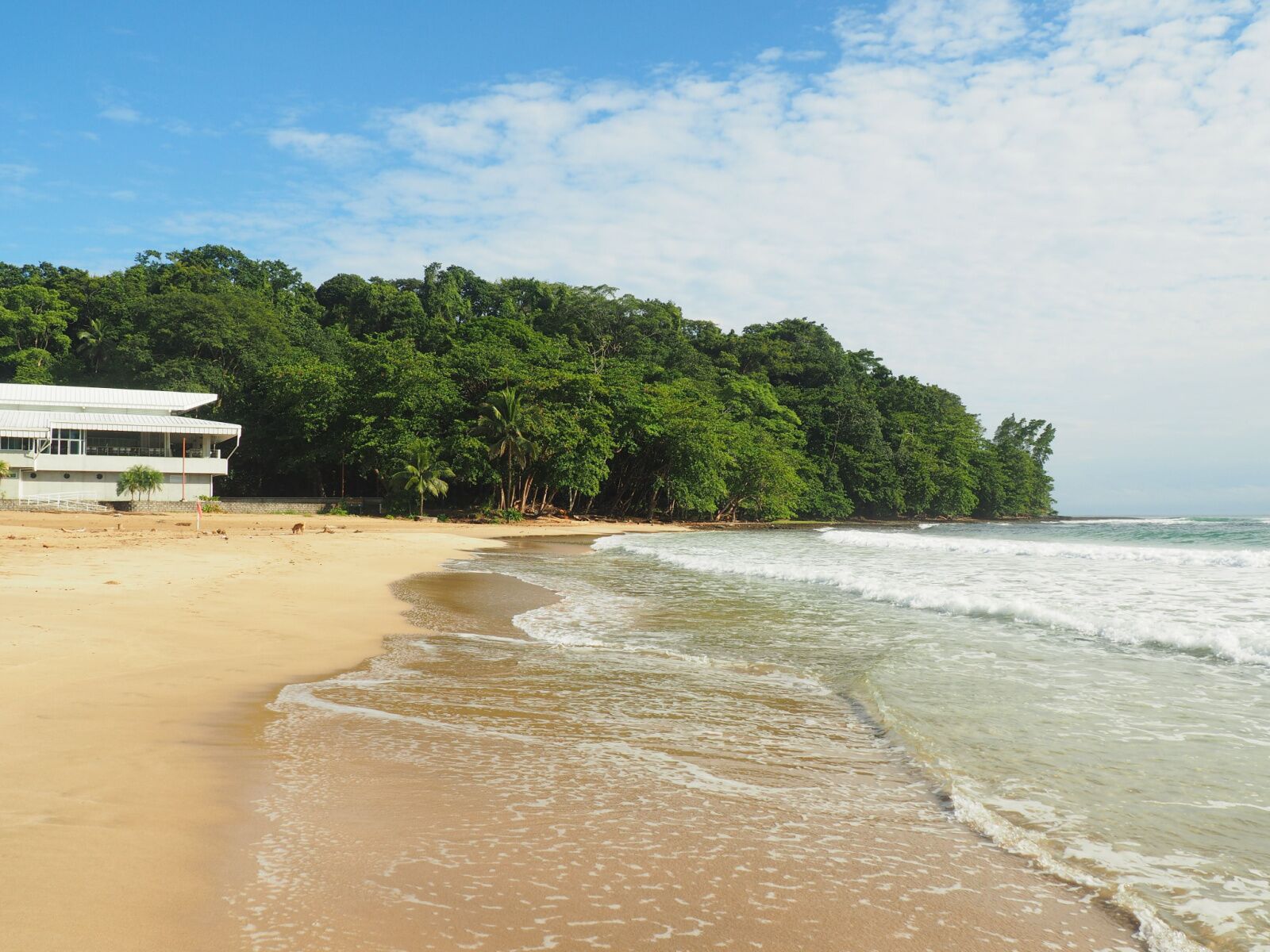No matter which side of Costa Rica you choose, whether it’s the Pacific or the Caribbean side, there is a great chance you’ll find a beach to make your eyes grow wide.
In Costa Rica, you’ll find beaches with white sand and black lava-hued sand, tree-lined coves and flat strands stretching for miles, beaches with consistent waves that beckon the world’s best surfers, and roomy beaches on protected marine sanctuaries with water so calm you could snorkel all day. And since it’s a relatively small country, you explore several of the best Costa Rica beaches in one vacation.
